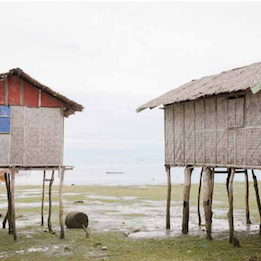By Maria Flordeliza P. Del Castillo, Manila Observatory, Philippines
An average of nine typhoons hit the Philippines every year, affecting millions of people. Their impacts have been historically recorded, but datasets are not easily accessible as they are compiled and stored by a number of government agencies. Gathering, integrating and analyzing this data would allow researchers to generate insights to support decision-making during extreme weather events as well as long- term disaster risk reduction planning.
Objectives
The research aimed at integrating available datasets to develop a tool that estimates typhoon impacts in the Philippines. The tool would be used to easily explore and understand data, allowing decision-makers and responders to rapidly estimate possible typhoon-related damages, and to communicate possible risks to communities.
Approach
Relevant datasets were collected, encoded, integrated in worksheets and mapped using ArcGIS. Data collected include typhoon reports, flood hazard, landslide hazard, storm surge hazard, administrative boundaries, elevation, population, demographics and agriculture. Mentors from the National Science and Technology Center for Disaster Reduction (NCDR) provided precious input, sharing their experience developing Taiwan’s Typhoon Loss Assessment System and Decision Support System.
Results Overview
This research produced an inventory of datasets regarding typhoon impacts, a preliminary data-base, a simple numerical analysis tool for estimating scenario-based typhoon impact on population and agriculture, and maps facilitating visualization, communication and understanding of various typhoon hazard scenarios. A proposed scheme for data integration among various agencies and institutions in the Philippines was also developed.
Conclusion
The 5-months project produced an initial sample of a Philippines’ Typhoon Impact Estimation System (TIES), a simple tool for estimating typhoon impacts in the Philippines. More work is needed to develop a fully operational tool – improvements include populating the database with more and better resolution datasets, and allowing multi-hazard scenarios and multi-criteria loss and damage analysis that would integrate hazard data for typhoons, flooding, landslides and surges (at the moment scenarios can be only generated for one single hazard).
When fully operational, this tool can be used by stakeholders in planning and risk management, as well as in risk education and communication.



